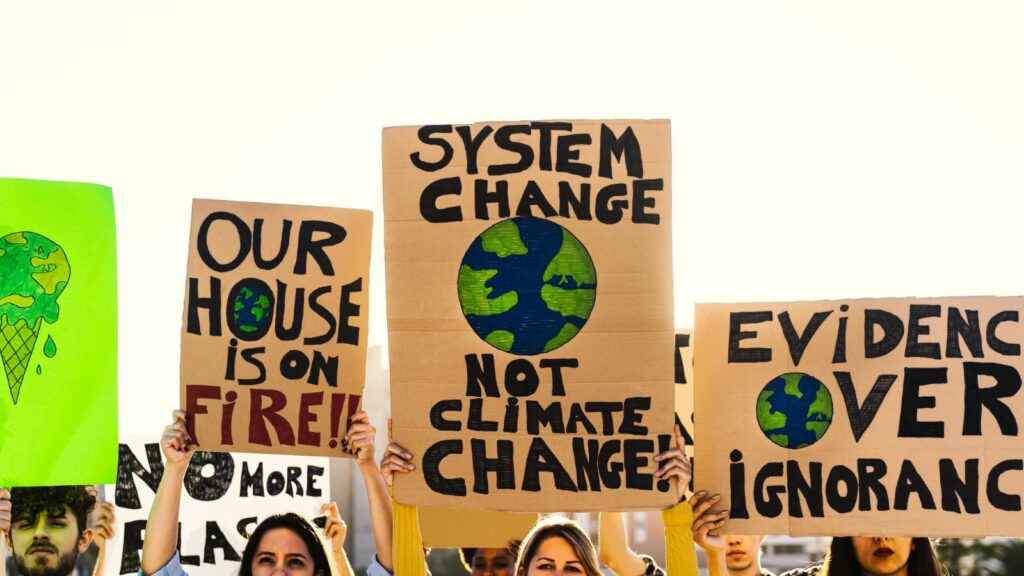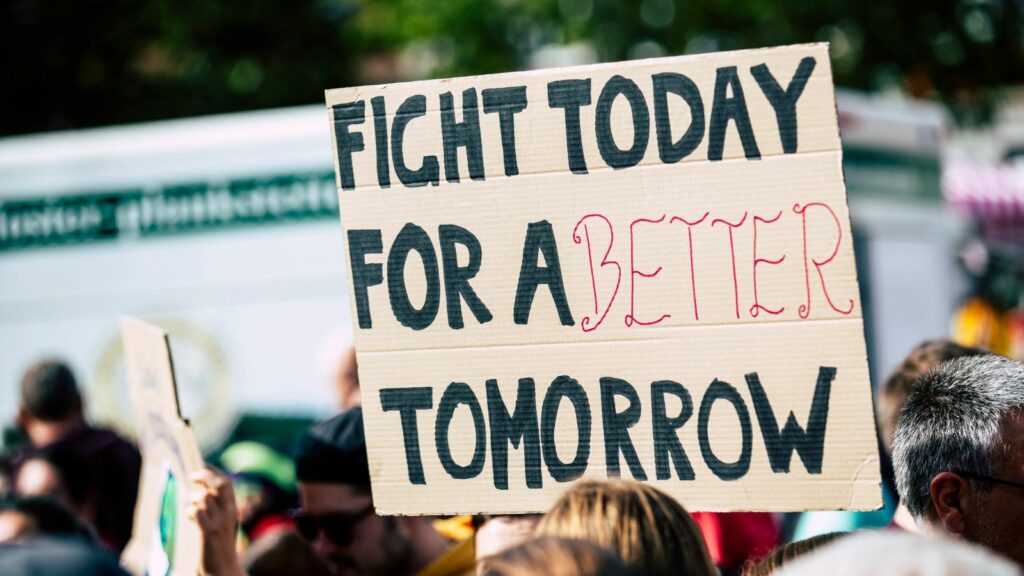As the impacts of climate change become increasingly evident, communities worldwide are recognizing the urgent need for proactive measures. A climate action and resilience plan serves as a strategic blueprint to combat these challenges, aiming to reduce carbon footprints while enhancing the ability to withstand environmental disruptions. By integrating sustainable practices and innovative solutions, these plans not only address immediate threats but also pave the way for a sustainable future.
Climate Action and Resilience Plan

A Climate Action and Resilience Plan (CARP) provides a comprehensive framework to combat climate change and fortify communities against its impacts. These plans involve a set of strategic actions focused on reducing greenhouse gas emissions and increasing adaptive capacity. Local governments spearhead these initiatives to ensure alignment with regional priorities.
- Emission Reduction Strategies: This includes transitioning to renewable energy sources, improving energy efficiency, and promoting sustainable transportation. For instance, cities like Seattle have implemented extensive public transit improvements and solar panel installations to cut emissions.
- Enhancing Resilience: Actions focus on improving infrastructure to withstand extreme weather events, such as upgrading flood defenses and retrofitting buildings. New York’s coastal protection measures illustrate efforts to guard against rising sea levels.
- Community Engagement: The plans emphasize stakeholder involvement, ensuring that local populations are active participants in the decision-making process. Public workshops and surveys are common methods to gather community input.
- Monitoring and Reporting: Effective CARPs include systems for tracking progress and making data-driven adjustments. The city of Melbourne reports annual emissions metrics to measure the success of its interventions.
Key Components of the Plan
A Climate Action and Resilience Plan (CARP) includes multiple key components that collectively aim to combat climate change and bolster community resilience. These components ensure a comprehensive approach to achieving sustainable development goals.
Emission Reduction Strategies
Emission reduction strategies form the core of many CARPs, targeting significant cuts in greenhouse gas emissions. Strategies include transitioning to renewable energy such as wind and solar, improving energy efficiency in buildings with smart technology, and promoting sustainable transportation systems like electric buses and bike-sharing programs. Cities like Los Angeles have implemented comprehensive policies to boost the use of solar installations, contributing to statewide emission reductions.
Adaptation and Resilience Measures
Adaptation and resilience measures aim to fortify communities against climate impacts. These measures often involve upgrading infrastructure to resist extreme weather events, implementing nature-based solutions like green roofs to manage urban heat, and reinforcing coastlines against sea level rise with barriers and restored wetlands. For instance, Miami’s infrastructure initiatives focus on draining systems to reduce flood risks during storms.
Community Engagement and Awareness

Community engagement and awareness are vital, ensuring public participation in climate initiatives. CARPs often incorporate educational programs, community workshops, and interactive platforms to foster local involvement. Cities like Portland regularly conduct surveys and workshops to align community priorities with climate objectives. Such inclusive approaches help tailor solutions to community needs, ensuring successful implementation and widespread support.
Implementation Strategies
Implementation of Climate Action and Resilience Plan involves a multi-faceted approach that fosters coordination between various stakeholders. An effective strategy weaves together policy frameworks, resource allocation, and community engagement.
Policy and Regulatory Framework
Governments adopt comprehensive policy frameworks to drive climate initiatives. They set clear guidelines and standards for emissions, energy efficiency, and waste management. Regulatory measures, such as carbon pricing and energy codes, create incentives for businesses to adopt sustainable practices. Norway’s carbon tax exemplifies successful regulatory implementation, motivating industry shifts towards lower emissions.
Funding and Resource Allocation

Securing adequate funding is crucial for executing climate plans. Governments and private sectors collaborate to allocate resources effectively. They employ mechanisms like green bonds and grants to finance renewable energy projects and infrastructure upgrades. Germany’s Renewable Energy Sources Act showcases effective funding models, subsidizing solar and wind power development to ensure project viability.
Addressing Climate Action
Climate Action and Resilience Plan represent a pivotal shift toward sustainable development, addressing the urgent need for climate action. By integrating emission reduction strategies, adaptation measures, and community engagement, these plans provide a comprehensive framework for mitigating climate impacts. They not only enhance environmental resilience but also stimulate economic growth and improve social well-being.

